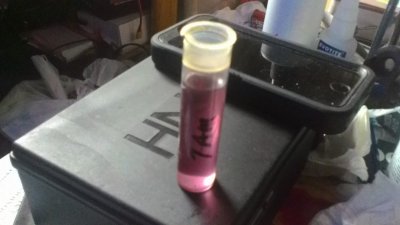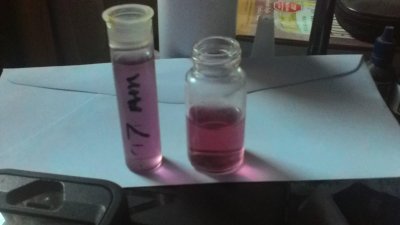- Joined
- Jun 20, 2015
- Messages
- 1,620
- Reaction score
- 1,088
Since I retired last April I have spent a lot of time looking at the whole picture of my tank.
Smell to me equals either massive amounts of bacteria releasing that swamp smell or just massive amounts of organics.
I swear I can see negative coral reaction with these high amounts or I just might have too much time on my hands.
Ya also I have been doing this PH thing for quite some time.
In my theory the amount of carbons, organics and bacteria break down in the ph test and drops the ph to that yellow.
I keep a "control" test from my new salt water and it never changes color. So this is how I correlated load.
My water, even skimmate, smells floral. My rocks do not, smell odd.




















